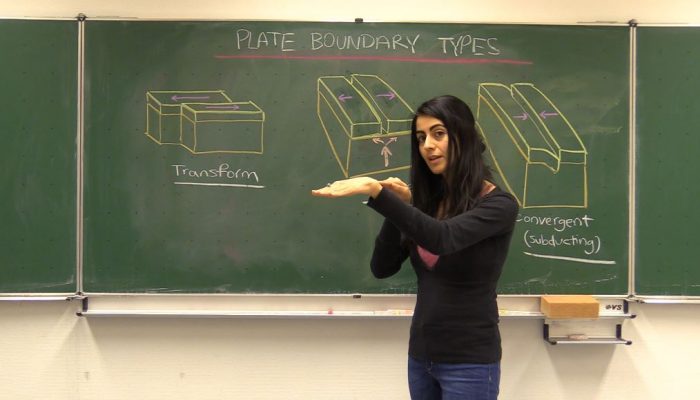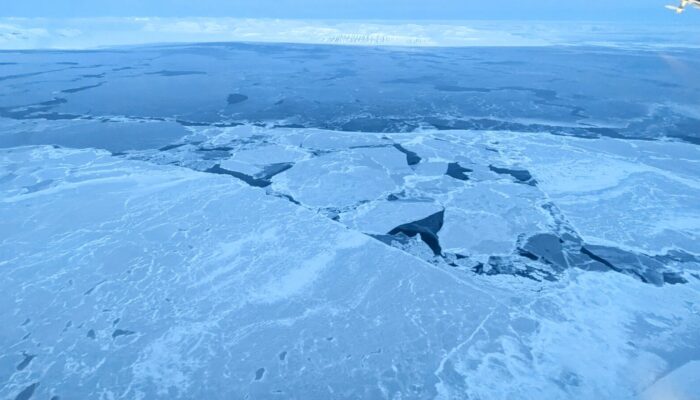Yesterday, the European Geosciences Union (EGU) hosted a vibrant and impactful event focused on Equality, Diversity, and Inclusion (EDI) within the geosciences community. This networking session provided an open and welcoming space for participants to meet the dedicated volunteer members of the EGU EDI Committee and learn more about the initiatives implemented by the EGU to raise awareness of the ...[Read More]
Poster safaris, wildcard talks, and other EGU25 adventures
If you’ve ever been to the EGU General Assembly, you know the feeling: everything, everywhere, all at once. Thousands of posters, hundreds of sessions, and approximately a million things competing for your attention (including the lure of the sunshine outside, if only for five minutes). Until someone invents a way to be in more than one place at once, we’re all stuck filtering. We comb through the ...[Read More]
Raising the (melt)stakes! How robotic innovation reveals new findings on melting glaciers
In the age of climate change, glaciers across the Arctic are melting, consequently reducing regional freshwater supplies and contributing to the ongoing rise in global sea levels. But how fast do they melt? And is it possible to predict that? A new study on the Xeitl Sit’ (LeConte) glacier in Alaska aims to answer these questions. The research group from Oregon State University, Harvard University ...[Read More]
How to make your geoscience communication publishable: Find out at EGU25

A long time ago, when I walked into the Ministry of Education building in Dushanbe (Tajikistan) to inquire about offering an earthquake education workshop in a public school, I had no research agenda, let alone thinking about publishing it one day. All I wanted was to do something useful: sharing earthquake science with school children. Recognizing the value of geoscience communication, my graduat ...[Read More]



